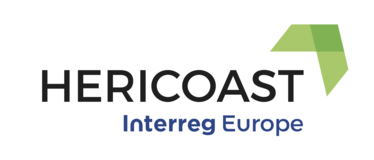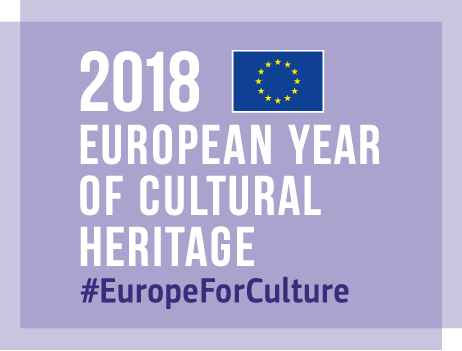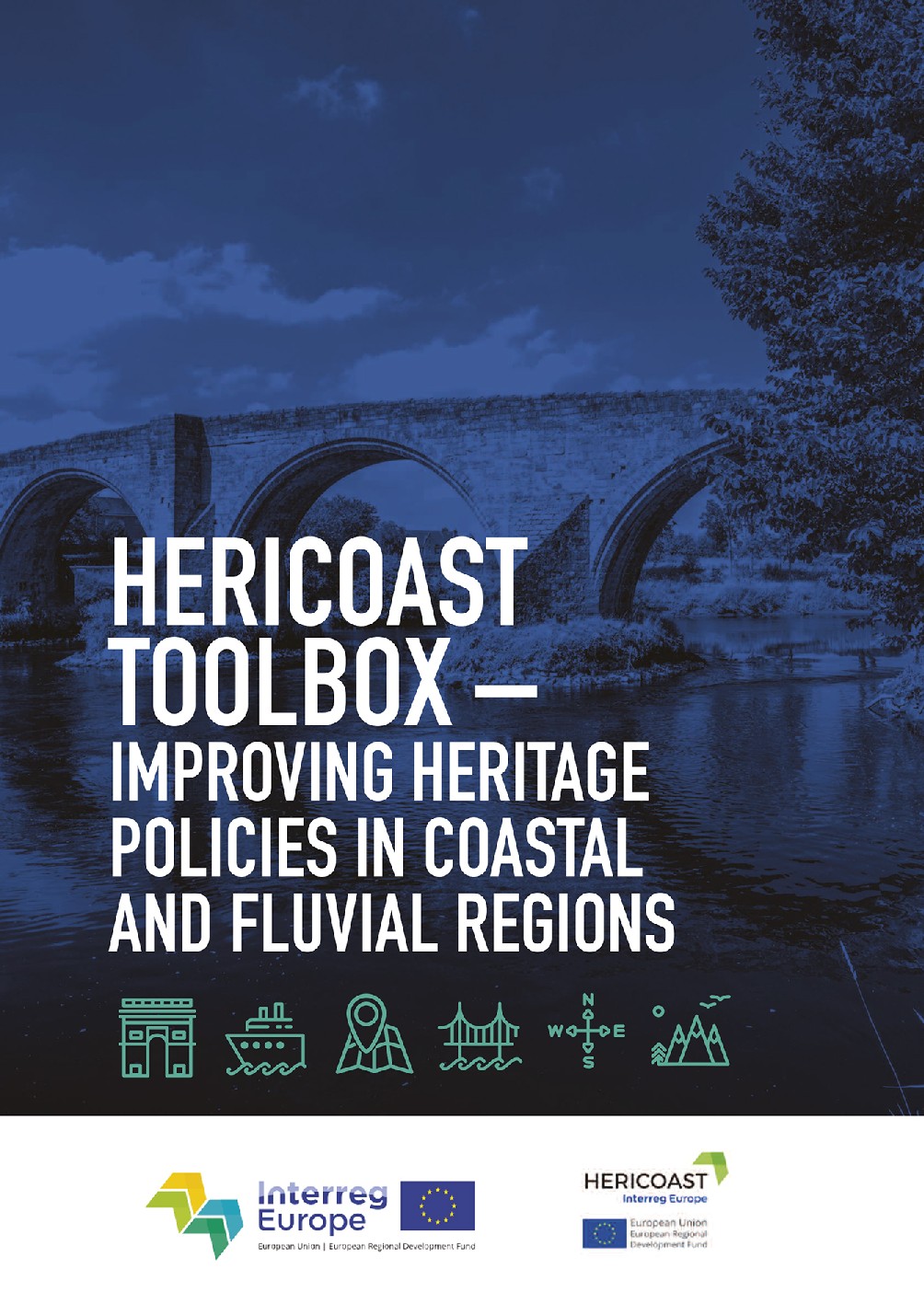On March 24th, 2017, at the headquarters of the University of Molise, the Molise Region organized the II local event, scheduled from HERICOAST project, funded under the Interreg Europe.
Agenda of the event:
09:30 Registration of participants
10:00 Institutional welcome
10:15 Report on the 2 international workshops:
- Event Kristiansand - Norway ,Dott. Adolfo Colagiovanni (Molise Region)
- Event Tulcea – Romania , Dott. Giancarlo De Lisio, Geologist (Molise Orientale Tourism District)
11:00 Presentation of digitalization of coastal heritage process: data and information collections
Mrs Maria Concetta Perfetto, Azienda Autonoma di Soggiorno e Turismo di Termoli
11:30 "Territorial heritage and tourism connection among internal and coastal areas” Prof. Rossano Pazzagli, University of Molise
12:00 Project Borgo Storico Marinaro Dott. Davide Gnola, Director of Museum of Marineria di Cesenatico
13:00 Final debate
It was a sort of Technical Roundtable for stakeholders of purposes of the project.
After the general presentation of the project were presented to the stakeholders present the results of the meetings held in Kristiansand in Norway and Tulcea in Romania.
Subsequently, Dr Maria Concetta Perfetto, (Autonomous Agency for Hospitality and Tourism Termoli) explained the methodology for collecting data and information for the purpose of digitization of the coastal heritag useful not only for the realization of APP but also for the creation of an online database containing relevant data for tourism purposes and can be used by anyone interested.
Professor Rossano Pazzagli (University of Molise) spoke of the territorial heritage and tourism in coastal areas and its connection with the inland areas highlighting several possible routes from the rivers to the castles, the wine routes up to the network of the seaside town.
It was also presented the Project Historical Village Mariner, which indicates that the port has always played an important role, since ancient times and its maritime culture was built on indigenous elements thanks to contacts with the traditions.
At the end of interventions the Regional Adviser Domenico Di Nunzio, with responsibility for Tourism, in addition to bringing the institutional greetings, presented a summary of the overall regional tourism situation, highlighting good practices from the region, among other LIFE MAESTRALE, project become good practice for the region, concerning actions aimed at restoration and conservation of dune habitat and dune in Molise, and also the realization of MOLISE EASTERN, a tourist district that has as its primary objective to revive an element such as tourism which can be driving force for the economy of Molise and especially the coastal area through an organization that promotes entrepreneurial activities of the Eastern Molise region.
At the event were present:
N° 6 participants of the Molise Region Partnership
N° 15 participants including local stakeholders.
Main conclusion: A common general framework of tourism and coastal heritage situation of Molise has been clearly identified. Some good practices has been indentified to be applied for the correct management of fluvial and coastal heritage in the region. The presence of a regional policy maker have highlighted the interest on the project topic by our local politician representatives. There is strong interest also by local stakeholder on how to improve participation of the people in the decision and strategic planning of the regional coastal areas



